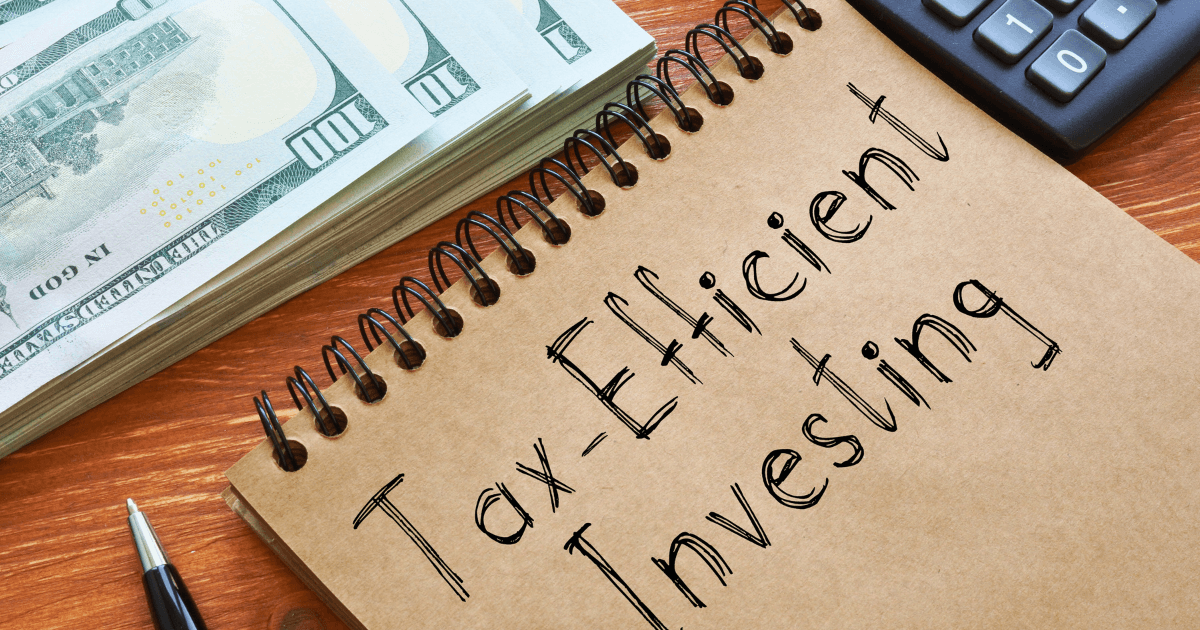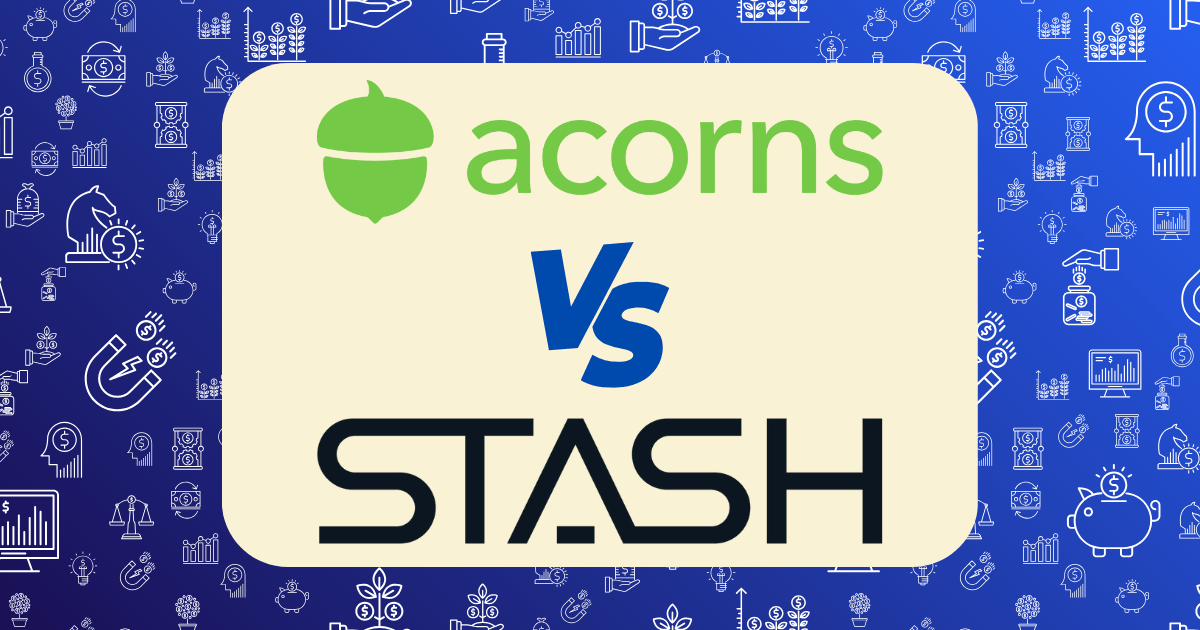Long-Term Investment Portfolio: Building a Set-It-and-Forget-It Plan for Financial Freedom

In a world obsessed with get-rich-quick schemes, crypto moonshots, and day trading, there’s a quieter, more reliable path to wealth that doesn’t demand your constant attention or emotional energy. This approach—building a “set-it-and-forget-it” long-term investment portfolio—has created more millionaires than any flashy investment strategy ever will.
The beauty of this approach lies not just in its effectiveness but in its simplicity. By establishing the right systems and mindset, you can build wealth while focusing your time and energy on what truly matters in your life.
This isn’t about finding the next hot stock or timing market movements—it’s about creating a financial machine that works relentlessly in the background of your life, compounding your wealth year after year with minimal intervention.
The Psychology of Long-Term Investing: Mindset Before Markets
Before diving into portfolio construction, we must address the most crucial element of successful long-term investing: your mindset.
The Wealth Builder’s Psychology
According to financial psychologist Brad Klontz, there are four primary money mindsets: money avoidance, money worship, money status, and money vigilance. Successful long-term investors cultivate money vigilance—a mindset that prioritizes financial security and long-term planning over immediate gratification.
This mindset shift is fundamental because investing success is determined far more by behavior than by knowledge. Consider these psychological barriers that derail most investors:
- Loss aversion: Studies show we feel losses twice as painfully as equivalent gains, leading to poor decisions during market downturns. According to Primior, this bias causes many investors to sell at market bottoms—precisely when they should be buying.
- Recency bias: Our brains give disproportionate weight to recent events, causing us to project current market conditions indefinitely into the future. This leads to excessive optimism during bull markets and unwarranted pessimism during corrections.
- Overconfidence: Research shows that 64% of investors overestimate their market knowledge, resulting in excessive trading and poor diversification—both wealth killers over the long term.
- Action bias: The feeling that we must “do something” during market volatility, when often the most profitable action is no action at all.
The set-it-and-forget-it investor overcomes these biases by:
- Automating investment decisions through systematic contributions
- Limiting portfolio review to 1-2 times annually
- Following a written investment plan during market turbulence
- Measuring success over decades, not days, months, or even years
As Jake Claver notes, successful wealth builders view their earned income not as an end goal but as fuel for generating passive wealth. They focus on transforming active income into passive income streams, measuring their wealth in “freedom months”—how long they can live without working.
Portfolio Construction: The Foundation of Your Wealth Machine
With the right mindset established, let’s build a portfolio designed for long-term wealth accumulation with minimal maintenance.
Core Principles of the Set-It-and-Forget-It Portfolio
- Broad diversification: Spreading risk across thousands of companies and multiple asset classes
- Low costs: Minimizing fees that silently erode returns over decades
- Tax efficiency: Structuring investments to minimize the tax drag on returns
- Simplicity: Limiting complexity to reduce both maintenance needs and behavioral mistakes
- Automation: Removing human emotion from the investment process
The Three-Fund Portfolio: Simplicity Meets Sophistication
One of the most elegant set-it-and-forget-it approaches is the Three-Fund Portfolio, consisting of:
- Total US Stock Market Index Fund (50-60% allocation)
- Provides exposure to the entire US economy through thousands of companies
- Historical returns of approximately 10% annually over very long periods
- Examples: Vanguard Total Stock Market ETF (VTI), Fidelity Total Market Index Fund (FSKAX)
- Total International Stock Index Fund (20-30% allocation)
- Diversifies beyond the US economy into developed and emerging markets
- Reduces country-specific risk and captures global growth opportunities
- Examples: Vanguard Total International Stock ETF (VXUS), Fidelity International Index Fund (FSPSX)
- Total Bond Market Index Fund (10-30% allocation, adjusted based on age and risk tolerance)
- Provides stability during stock market downturns
- Generates income and reduces overall portfolio volatility
- Examples: Vanguard Total Bond Market ETF (BND), Fidelity US Bond Index Fund (FXNAX)
This simple three-fund approach provides exposure to over 10,000 securities across the global economy with minimal overlap, maximum diversification, and rock-bottom fees (typically 0.03-0.15% annually).
According to Bankrate’s 2025 analysis, index-based stock funds are among the top long-term investments due to their diversification and lower risk compared to individual stocks.
Age-Based Allocation Guidelines
Your asset allocation should evolve as you age:
- 20s-30s: 80-90% stocks, 10-20% bonds
- 40s-50s: 70-80% stocks, 20-30% bonds
- 60s: 60% stocks, 40% bonds
- 70s and beyond: 50% stocks, 50% bonds
This gradual shift toward more conservative allocations helps protect your wealth as you approach and enter retirement.
Implementation: Setting Up Your Wealth Machine
With the portfolio structure defined, let’s implement your set-it-and-forget-it plan through a systematic approach.
Step 1: Choose the Right Investment Accounts
The account structure is as important as the investments themselves:
- Tax-Advantaged Accounts (First Priority)
- 401(k)/403(b): Contribute at least enough to capture any employer match
- Roth IRA: Ideal for tax-free growth, with 2025 contribution limits of $7,000 ($8,500 if over 50)
- Traditional IRA: Consider if you expect to be in a lower tax bracket in retirement
- HSA: The “stealth IRA” offering triple tax advantages for those with eligible health plans
- Taxable Brokerage Accounts (After Maximizing Tax-Advantaged Options)
- Provide liquidity and flexibility
- Require more attention to tax-efficient fund placement
Step 2: Implement Automation
The power of the set-it-and-forget-it approach comes from removing human decision-making from the equation:
- Set up automatic contributions from your paycheck or bank account
- Establish automatic investment of those contributions into your target funds
- Enable automatic dividend reinvestment to compound returns
- Create calendar reminders for annual rebalancing (no more than 1-2 times per year)
According to Shelton Funds, setting up automated investment plans helps avoid missed contributions and keeps your wealth-building on track.
Step 3: Optimize for Tax Efficiency
Place investments in the most tax-advantaged locations:
- Tax-Advantaged Accounts: Hold tax-inefficient investments like bonds and REITs
- Taxable Accounts: Hold tax-efficient investments like broad market index funds and ETFs
This “asset location” strategy can add up to 0.75% in annual returns without increasing risk.
Beyond the Basics: Enhancements to Consider
While the three-fund portfolio provides an excellent foundation, consider these optional enhancements based on your specific situation:
1. Real Estate Investment Trusts (REITs)
Adding a 5-10% allocation to a low-cost REIT index fund provides:
- Additional diversification through real estate exposure
- Potentially higher income through REIT dividend distributions
- A partial inflation hedge through property value appreciation
Example: Vanguard Real Estate ETF (VNQ)
2. Factor Tilts for Higher Expected Returns
Research suggests certain “factors” have historically delivered premium returns:
- Small-cap value stocks: Companies with smaller market capitalizations and lower price-to-book ratios
- Quality stocks: Companies with strong balance sheets and stable earnings
- Momentum stocks: Companies with strong recent performance
Adding a 5-10% allocation to these factors through low-cost factor ETFs may enhance returns over very long periods.
3. I Bonds for Inflation Protection
Series I Savings Bonds provide direct inflation protection with government backing. Consider allocating a portion of your emergency fund or bond allocation to I Bonds for inflation protection.
Maintaining Your Set-It-and-Forget-It Portfolio
The beauty of this approach is minimal maintenance, but some periodic attention is required:
Annual Portfolio Review
Once yearly (perhaps on your birthday or at year-end):
- Check your asset allocation against your targets
- Rebalance if necessary (only when allocations drift more than 5% from targets)
- Review contribution levels and increase them if possible
- Reassess risk tolerance and adjust bond allocation if needed
Life Transition Adjustments
Revisit your portfolio strategy during major life events:
- Marriage or divorce
- Birth of children
- Career changes
- Approaching retirement
- Inheritance or windfall
These transitions may warrant adjustments to your risk tolerance, time horizon, or financial goals.
The Path to Financial Freedom: What to Expect
With your set-it-and-forget-it portfolio established, what results can you realistically expect?
Realistic Return Projections
Based on historical performance and current market conditions:
- Conservative estimate: 6-7% average annual returns
- Moderate estimate: 7-8% average annual returns
- Optimistic estimate: 8-9% average annual returns
These projections account for inflation and assume a diversified portfolio maintained over decades.
The Power of Consistent Contributions
Consider this wealth-building scenario:
- Starting amount: $10,000
- Monthly contribution: $1,000
- Annual return: 7%
- Time horizon: 30 years
Result: Approximately $1.2 million
The majority of this wealth comes not from the initial investment but from:
- Consistent contributions over time
- Compound growth on those contributions
The Freedom Timeline
Based on these projections, here’s a typical timeline to financial independence:
- Years 1-5: Building the habit and foundation
- Years 5-15: Accelerating growth as compounding begins to work
- Years 15-25: Reaching critical mass as investment returns begin to exceed contributions
- Years 25+: Achieving financial freedom as portfolio generates enough income to cover expenses
As Jake Claver notes, successful wealth builders focus on creating an “income engine” through investment portfolios that require minimal ongoing time investment.
Conclusion: The Quiet Path to Wealth
The set-it-and-forget-it approach to investing isn’t flashy. You won’t have exciting stories about timing the market perfectly or discovering the next Amazon before everyone else. Instead, you’ll have something far more valuable: a steadily growing portfolio that doesn’t consume your time, energy, or emotional wellbeing.
This approach aligns perfectly with what Tanisha Souza describes in “Creating Your Income Snowball”—building passive income streams that work for you without requiring constant attention.
Financial freedom isn’t just about reaching a certain number in your investment accounts. It’s about creating a life where money works for you instead of you working for money. The set-it-and-forget-it portfolio is a powerful tool for achieving this freedom, allowing you to focus on what truly matters while your wealth grows quietly in the background.
The path to financial freedom isn’t about making perfect investment decisions—it’s about making good decisions consistently over time. By implementing the strategies outlined in this article, you’re not just building wealth; you’re buying back your most precious resource: time.
What steps have you taken toward building your set-it-and-forget-it portfolio? Share your experiences or questions in the comments below.
Addressing Common Concerns and Objections
Let’s address some common concerns about the set-it-and-forget-it approach:
Some analysts, like Lisa Shalett at Morgan Stanley, have suggested that the “set it, forget it” investment strategy may not outperform in 2025 due to changing market dynamics. However, this view reflects short-term market conditions rather than long-term wealth-building principles.
The set-it-and-forget-it approach has weathered numerous market cycles, economic crises, and paradigm shifts over decades. Its strength lies not in optimizing for any particular market environment but in capturing the long-term growth of the global economy while minimizing costs, taxes, and behavioral mistakes.
Research consistently shows that even professional active managers struggle to outperform market indexes over long periods. According to Primior, only one-third of active funds match their benchmarks yearly, and this number declines over time.
More importantly, attempting to time markets or select outperforming managers introduces significant behavioral risks that typically lead to underperformance for individual investors.something here
The set-it-and-forget-it approach is designed specifically to avoid making adjustments based on economic forecasts, which have a notoriously poor track record. By maintaining broad diversification across thousands of companies worldwide, your portfolio is positioned to weather whatever economic conditions emerge.







